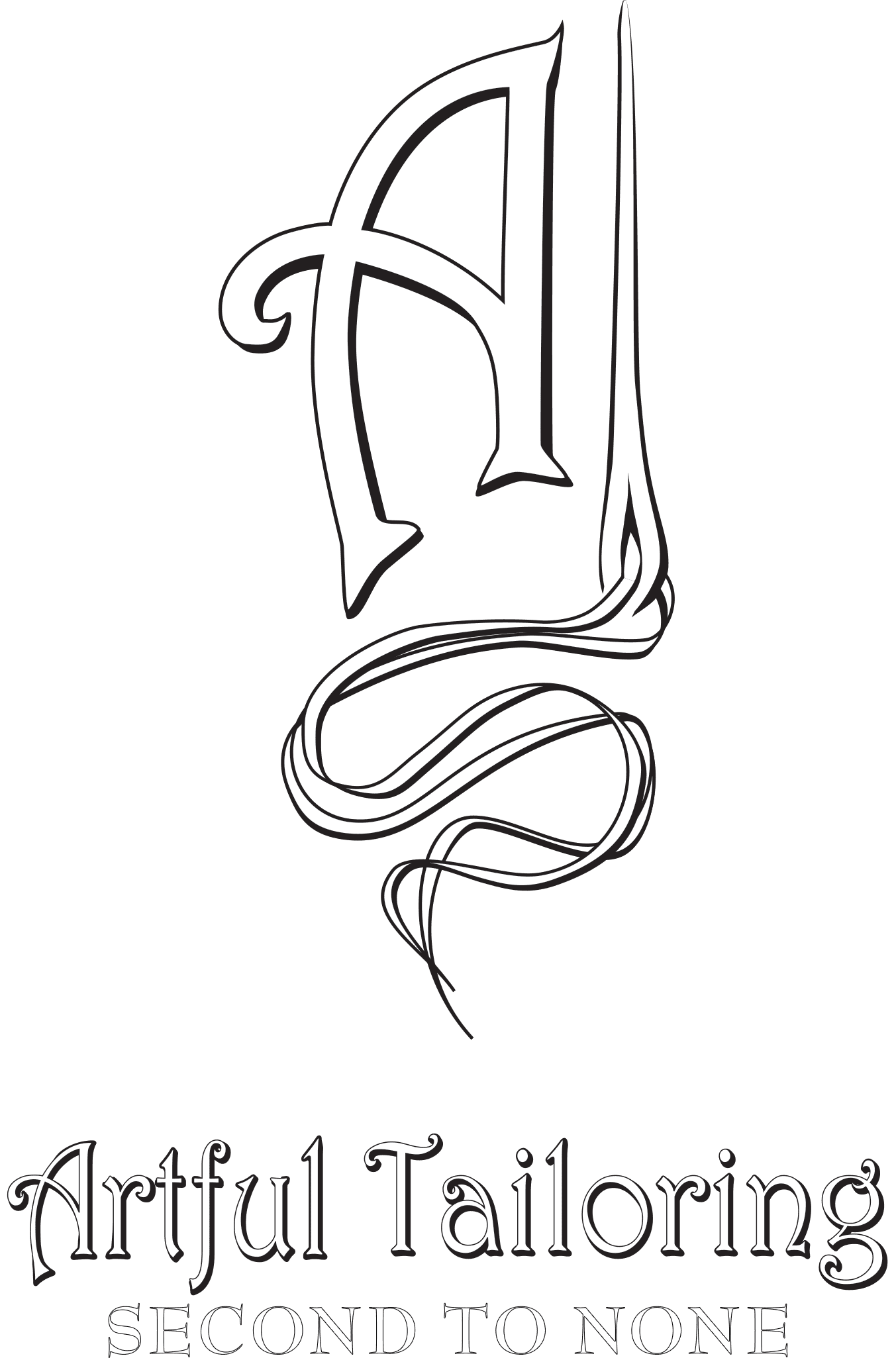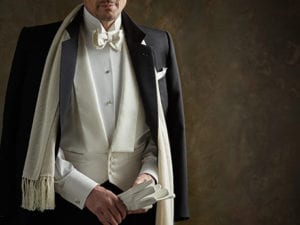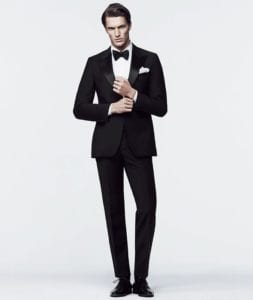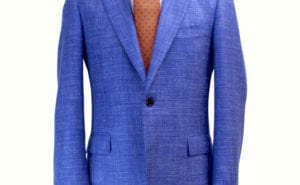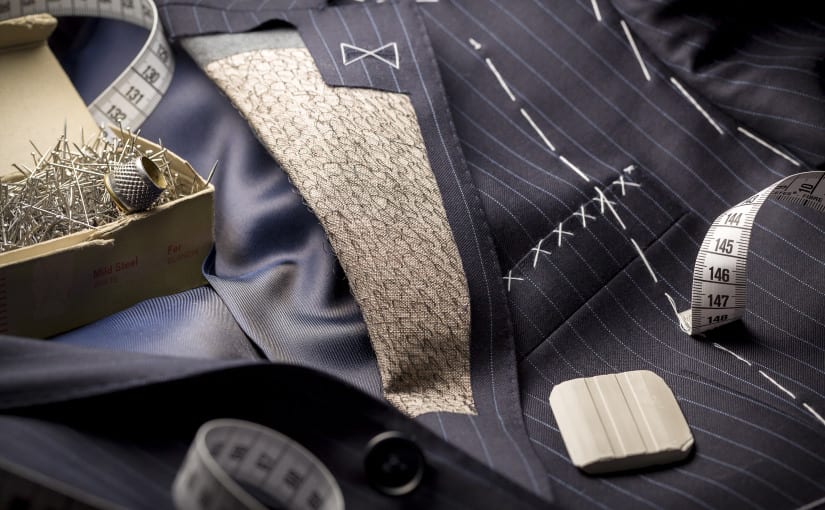
Think of the clothes in your closet…are there a few pieces that make you feel like you can take on the world when you wear them? If there are ones that don’t, consider going to see a tailor. Tailors can take an OK garment and turn it into a wardrobe staple that you’ll wear again and again!
Below are 4 simple and low-cost alterations that can be made to almost every garment. Give your wardrobe a refresh and stop in to Artful Tailoring!
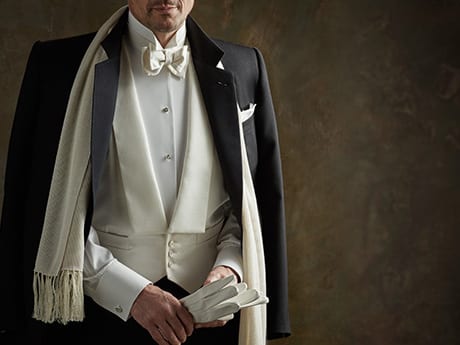
With the holiday season in full swing, do you know the proper attire to wear to your next event?
White Tie:
The epitome of formal events. Typically this dress consists of: a tailcoat and matching dress pants paired with a white vest(usually made from pique fabric), white wingtip collar dress shirt with studs, and a white bowite. Complete the look with black patent dress shoes. Add some finishing touches with a pair of white gloves, a white carnation on the lapel, a top hat, or cane.
Black Tie:
Less formal than White Tie. Most common attire is: tuxedo with a peak lapel in satin, grosgrain, or faille (can be with or without a vest ), a white dress shirt (both pleated and non work) with studs and French cuffs, bow tie(self tie), and black patent leather dress shoes. If you are donning a two piece suit, opt for a coordinating cummerbund. The dinner jacket should feature jetted pockets (not flaps), and no vents at the back.
Cocktail Attire:
This form of dress should bridge the gap between day dressing and evening wear. While the rules for cocktail attire are not so strict compared to Black and White Tie events, there are some general do’s and don’ts. Opt for a tailored suit instead of a tuxedo in black, navy, or grey. Have some fun with personal touches, but lean towards the subtle side with textures and dark, classic colors. If you want to don a print, go with something minimal such as a small windowpane or traditional stripe. You can incorporate these prints in your accessories if you plan to go plain with your suit and shirt. Be sure to check if a tie is required! Complete the look with a rich-colored oxford or brogue.
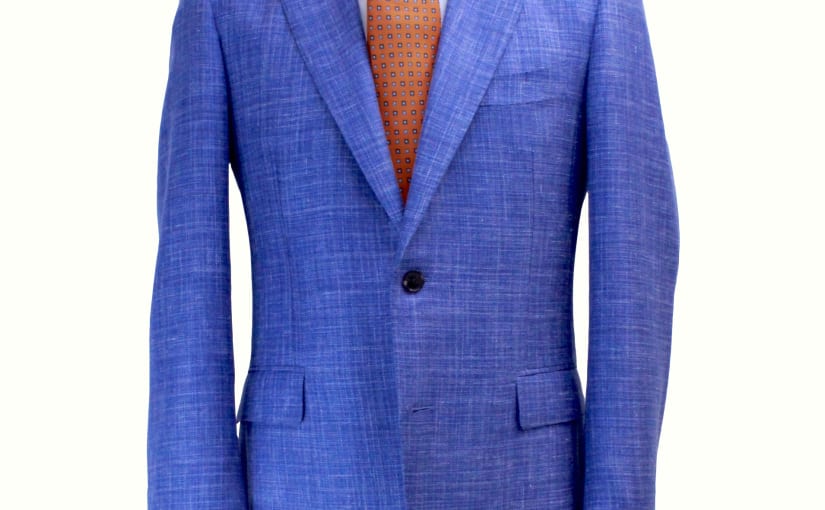
Purchasing a suit can be a big investment; at least you should treat it that way. Whether it’s your first or fifth, you’ll want to learn a little more about the product you are purchasing. Keeping these key 5 questions in mind on your next shopping trip will guide you towards choosing the right suit for you.
1. What is the fabric content?
We suggest sticking with natural fibers over synthetics for a number of reasons: It will last longer, it will typically be made in a higher quality, and it is going to be breathable. Natural is the way to go!
2. It is Fused or Canvased?
First off, do you know the difference? Suit manufacturers offer three options regarding the interior construction of the suit: fused, half-canvas, and full-canvas. Fused refers to a thin, synthetic material that is backed with a glue and is heat-pressed onto the fabric. This doesn’t provide much construction support, and will keep the body heat inside due to the synthetic material. After several dry-cleans, the glue on the fusing will start to disintegrate and cause bubbling on the surface of the fabric. If you are looking for a long-term, quality suit, make sure you look for a canvased garment instead.
3. Would the cut compliment my shape?
Each suit is cut differently based off the manufacturer. There are known styles such as an English cut, Italian cut, etc. It is important to research the brand you are purchasing from to understand what cut they specialize in. Fashion trends can also influence brands, but that doesn’t mean every trend looks great on every body type. By going to a tailor instead of a salesperson, they can guide you to the proper cut for your unique shape.
4. What is my correct size?
Like cut, the sizing specifications also vary by manufacturers/brands. No two 42R suits are going to fit 100% the same. Your main focus should be finding a suit that fits in the shoulders. Sleeves and adjusting the waist can be fixed with tailoring.
5. Does the person helping me find a suit have the expertise to take care of my needs?
There are numerous factors that go in to finding the proper suit. Having a person with expertise in not only fit, but construction, color theory, and fabrics is extremely important. They are the best resource to have in order to help you make the correct purchasing decision. Again, this is when going to a professional tailor instead of a department salesperson is the best choice.
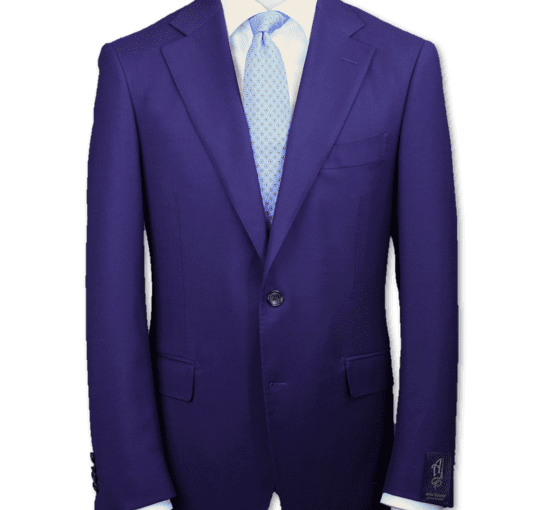
We were recently featured in Attorney At Law Magazine! Read our interview below:
AALM: Custom tailoring and creating custom clothing is quite a skilled craft. What led you to follow this career path?
Aladdin: Tailoring was a family trade that I grew up around. I started learning when I was just a little boy and developed my skills over time.
AALM: What are you most passionate about regarding custom clothing and tailoring?
Aladdin: The fit, details and craft smanship. These are the three elements that will make you feel and look your best. Having someone you can go to that has knowledge of these things, specifically a tailor, is essential.
AALM: What do feel stands your shop and your custom tailoring apart from all the rest?
Aladdin: We are very passionate about what we do. Ultimately, our No. 1 goal is to help customers look and feel their best, regardless of what they spend, their age, body type, etc. As tailors, we have expert knowledge of fit, color theory, physique, and garment construction that you won’t get with department stores. Our customers keep coming back because of our excellent customer service and our high-quality, unique products.
AALM: What type of training and education did you and your staff have to become a custom tailor?
Aladdin: As I mentioned before, it started for me as a family business. Vera, who is our tailor at the Biltmore shop, has studied in Italy and worked with top designers in New York. Kim, our tailor in Chandler, has been working for in this field for over 25 years. Miranda studied fashion design in L.A. and has her bachelor’s in theatre design and production with a focus in costume design.
AALM: Why do you feel it is important for your staff to be passionate about custom tailoring?
Aladdin: If they weren’t, I do not think we will get far. It takes a lot of effort and heart to work with a small business, and on top of that, this is a dying craft. The people who work here love what they do, and I think that shows in our products and our customer service. We are constantly learning from each other and sharing ideas to expand our own personal knowledge. Therefore, the more we know, the more we can teach our customers.
AALM: You offer to come to the client’s home or office to work with them. Why do you feel that is as important service for you to offer?
Aladdin: We started this service recently because we understand that time is precious. Everything is about convenience now. With the majority of our clients being businessmen and women, they are constantly on the go and work long hours. By offering an in-home or office visit, it’s an extension of our one-on-one customer service and we know our clients really appreciate it.
AALM: How long have you been in business in Arizona?
Aladdin: Almost 18 years. In October 2016, we expanded and opened up a second location at the Biltmore Fashion Park.
AALM: Do you tailor and create both men’s and women’s clothing?
Aladdin: Yes! We pride ourselves on being one of the few (if not the only) truly custom clothing boutique for women in the valley. Both locations offer full-service alterations and custom clothing services.
AALM: What is different about the clothes your shop offers and the big brand stores products?
Aladdin: After so many years in the business of tailoring, you find out what problems clients have with other suit brands. The suits we offer are cut in unique sizing and the fit is unlike anything else on the market. Our sizes start from size 30 all the way up to size 70. Most of our suits are full canvas, something most people don’t understand, but it plays a large role in the way you feel in the suit. When you wear a canvassed suit, it keeps you cool in the summer, and warm in the winter. Over time, it will mold to your own unique body shape, creating a high-quality garment that will last you many, many years with proper care. With most off -the-rack suits, you get a fused interfacing. This is a sign of a lower-quality garment because over time, dry-cleaning will break down this fabric and create a bubbling effect on the suit. It also traps body heat in since it a synthetic material. Almost all other suit brands cut even sizing and follow standardized “ideal” measurements. However, most people do not match these measurements, and therefore have a hard time finding a suit that fits well. For those with a very slim frame, athletic body type, or other non-standard physique, if they want a great-fitting garment, they typically have to resort to custom clothing. When people come to Artful Tailoring, I like to tell my clients to “try it, don’t buy it.” Once they have one of our suits on, they will absolutely feel and see the difference for themselves. As for our accessories, we try to have things that no one else sells. We are a one-stop-shop for your unique wardrobe!
AALM: What do feel is the best bene fit for attorneys who wear your custom-tailored clothing?
Aladdin: In this line of work, first impressions are very important. A well-fitting suit and shirt can make a statement without saying a word. Clients and coworkers alike will have a greater trust in your professional abilities, and they will definitely appreciate the attention to detail. It shows you are prepared, and that you take your job seriously. Your clothes should not speak louder than you do! Distracting or ill-fitting clothes in the courtroom can say a lot to a judge and jury. It is a competitive industry, so it’s important to stand out in the right way. We guarantee you’ll receive compliments when you wear our garments!
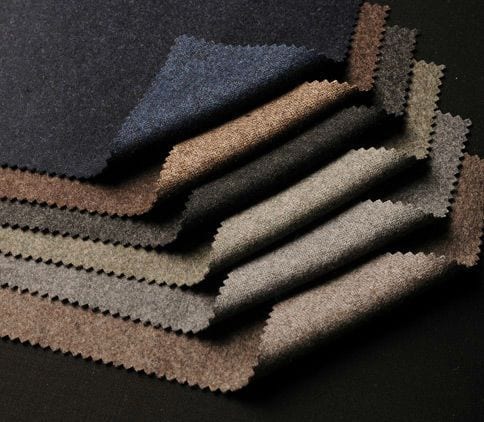
If you have ever gone to buy a suit (custom or not) you’ve probably noticed the words “Super ___” located somewhere on the fabric label.
What exactly does this mean?
Wool is measured in microns, and categorized via a grading system. The term “Super” in front of the number is actually just for show/marketing purposes. The number is what you really want to pay attention to. It corresponds to the fineness of the individual fiber. The higher the number, the softer the fabric. This will also create a better drape on the body. Below are some of the characteristics of each grade set.
70’s, 80’s, and 90’s: Thicker, heavier hand. Very durable. Will keep the wearer warm.
100’s, 110’s, and 120’s: Still have great durability, but are more lightweight.
130’s and 140’s: Very fine, soft wool. These are lightweight, do not trap heat inside, but are less durable.
150’s and higher: Extremely fine wool. Almost silk-like hand. The least durable out of the grades.
What I need to consider when choosing a fabric?
There are a handful of questions you will need to ask yourself before you purchase a “Super” suit.
- How long will I keep this suit for, or how often will I wear it?
- Do I want this suit for year-round wear, or just in the colder months?
- Do I prefer comfort over durability?
Once you have a better idea of the answers to the questions above, you’ll be able to determine which grade range you want to stick to. If you’re still unsure, we would recommend going to an experienced tailor or clothier; they will be able to determine which fabric is best for your needs.
Is bigger better?
Typically after the Super 150’s range, you’ll start seeing and feeling fabric that is much softer, lighter, and overall more luxurious than the lower ranges. There will definitely be a difference in hand, but does that mean it is truly the better option? Once you get to the high 100’s and 200’s, the fabric becomes more difficult to work with due to its svelte nature. Increasing in numbers also means a finer fabric; something you have to take into consideration when you purchase a suit. It is recommended that for a more everyday suit that you choose a fabric between 100-150. This will make a more durable and long-lasting suit. Indulging on a higher-grade fabric for a special occasion suit such as a tuxedo is more ideal since you will only wear it a few times a year and can stretch the life of the garment much longer.
